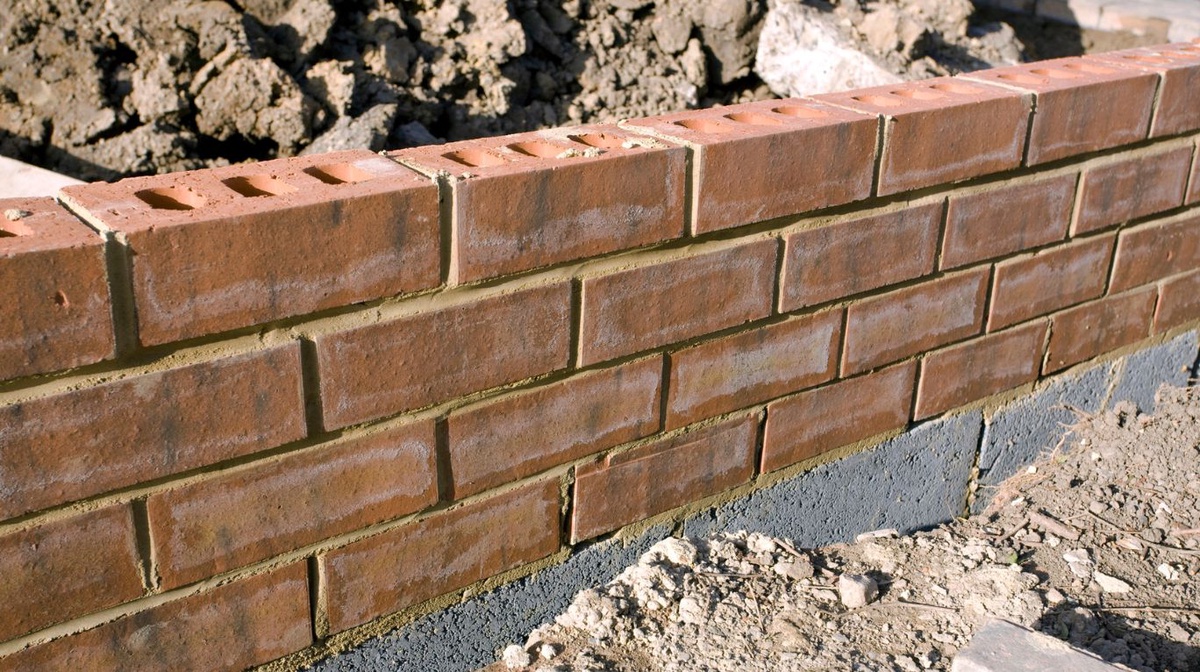Introduction to Brick Foundations
Building a house is a dream for many, and a solid foundation is crucial for ensuring the structural integrity and longevity of any building. One of the most traditional and reliable methods of constructing a foundation is using bricks. In this article, we will delve into the world of brick foundations, exploring their benefits, construction process, maintenance, and more.
Understanding the Importance of a Foundation
Before we dive into the specifics of brick foundations, let's understand why a strong foundation is essential. A foundation serves as the base on which the entire structure rests. It distributes the weight of the building evenly to the underlying soil, preventing settlement and ensuring stability.
Advantages of Brick Foundations
Brick foundations offer several advantages over other types of foundations:
Durability and Strength
Bricks are known for their durability and strength, making them an ideal choice for building foundations. They can withstand heavy loads and are resistant to moisture, pests, and fire.
Thermal Insulation
Bricks have excellent thermal properties, helping to regulate temperature inside the building. This can lead to energy savings on heating and cooling costs.
Aesthetic Appeal
Brick foundations add a timeless charm and aesthetic appeal to any building. They come in various colors, textures, and patterns, allowing for customization to suit different architectural styles.
Environmentally Friendly
Bricks are made from natural materials such as clay and shale, making them eco-friendly and sustainable. They have a long lifespan and can be recycled at the end of their use.
Construction Process of Brick Foundations
Building a brick foundation involves several steps, each crucial for ensuring its strength and stability.
Site Preparation
The first step in constructing a brick foundation is site preparation. This involves clearing the area of any debris, vegetation, or obstacles that may hinder the construction process.
Excavation
Once the site is prepared, excavation begins to dig trenches for the foundation walls. The depth and width of the trenches depend on the design and load-bearing requirements of the building.
Footings
Footings are concrete slabs poured into the trenches to provide a stable base for the foundation walls. They distribute the weight of the building evenly and prevent settling.
Laying Bricks
Bricks are laid on top of the footings in a pattern called a bond. Common types of bonds include running bond, stack bond, and English bond. Mortar is used to bond the bricks together and create a solid structure.
Curing and Finishing
Once the bricks are laid, the mortar needs time to cure and bond with the bricks. Curing may involve keeping the walls damp for a few days to ensure proper hydration of the mortar. After curing, the walls can be finished with a protective coating or left exposed for a rustic look.
Maintenance of Brick Foundations
While brick foundations are durable, they still require regular maintenance to ensure their longevity.
Inspection
Regular inspections of the foundation walls are essential to identify any cracks, gaps, or signs of deterioration. Early detection allows for timely repairs and prevents further damage.
Repair
If any damage is detected during inspection, it's crucial to repair it promptly. This may involve filling cracks with mortar, replacing damaged bricks, or addressing any underlying issues causing the damage.
Waterproofing
Waterproofing the foundation walls helps prevent moisture infiltration, which can weaken the bricks and compromise the structural integrity of the foundation. This may involve applying a waterproof sealant or installing drainage systems around the perimeter of the building.
Conclusion
Brick foundations have stood the test of time as a reliable and durable option for building bases. Their strength, thermal properties, and aesthetic appeal make them a popular choice for homeowners and builders alike. By understanding the construction process and proper maintenance techniques, you can ensure your brick foundation provides a solid base for your building for years to come.
FAQs (Frequently Asked Questions)
1. How long does a brick foundation last?
Brick foundations can last for decades with proper maintenance and care. However, their lifespan may vary depending on factors such as climate, soil conditions, and maintenance practices.
2. Can I build a brick foundation myself?
While it's possible to build a brick foundation yourself, it requires knowledge of construction techniques and experience working with bricks and mortar. It's recommended to hire a professional contractor for optimal results.
3. How much does it cost to build a brick foundation?
The cost of building a brick foundation depends on various factors such as the size of the building, site conditions, labor costs, and material prices. It's best to obtain quotes from multiple contractors to get an accurate estimate for your specific project.
4. Can I add insulation to a brick foundation?
Yes, insulation can be added to the interior or exterior of a brick foundation to improve energy efficiency and thermal performance. Consult with a professional contractor to determine the best insulation options for your building.
5. Are brick foundations susceptible to termite damage?
Bricks are resistant to termites, but the wooden elements of a building, such as floor joists and sill plates, can still be vulnerable. Proper termite prevention measures, such as treating the soil and using termite-resistant materials, should be taken during construction to mitigate the risk of termite damage.


No comments yet